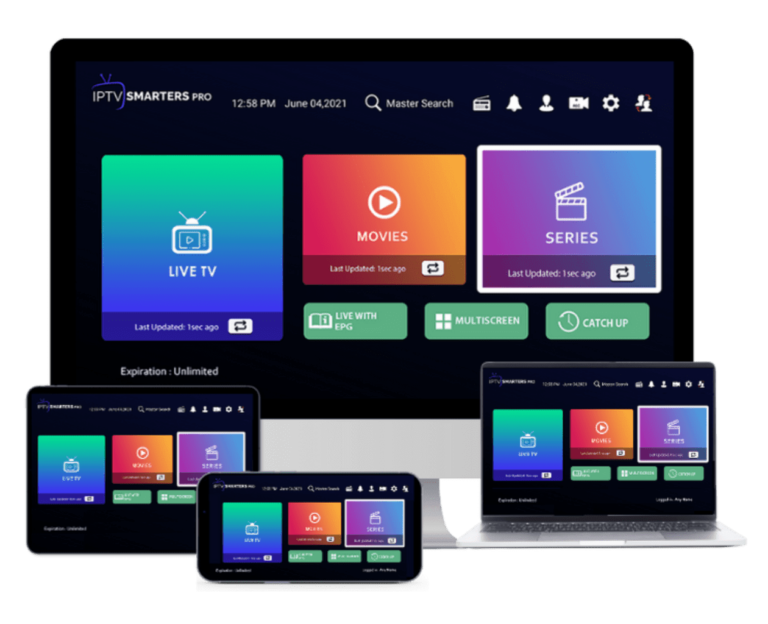Artificial intelligence is revolutionizing video creation, empowering users to turn text prompts into cinematic scenes, lifelike animations, and immersive short films. Platforms like Kling AI, Runway, and Pika Labs are at the forefront of this technological shift. Yet, as creative possibilities expand, so do ethical and legal concerns — particularly around explicit or adult material.
The discussion surrounding Kling AI adult content rules highlights a growing tension between creative freedom and platform responsibility. While many creators want to explore mature themes, AI developers must ensure their tools are safe, compliant, and free from misuse. This article delves into how AI platforms, especially Kling AI, balance these priorities and what creators should know about navigating adult content restrictions.
Understanding Kling AI Adult Content Rules
Kling AI, developed by Kuaishou, is one of the most advanced text-to-video tools available. It uses deep learning and generative models to produce realistic videos that rival professional productions. However, Kling AI enforces strict adult content rules, meaning it prohibits any creation, upload, or sharing of sexually explicit or pornographic material.
The Kling AI adult content rules are part of a broader commitment to safe, ethical, and lawful AI development. These guidelines restrict:
- Nudity, sexual acts, or suggestive poses.
- Pornographic or fetish material.
- Explicitly violent or obscene scenes.
- Content involving minors or non-consensual scenarios.
Users who attempt to bypass these restrictions risk prompt rejections, content removal, or permanent account bans. In essence, Kling AI is designed for creative storytelling — not adult entertainment or explicit media.
Why Kling AI Enforces Adult Content Restrictions
AI platforms like Kling AI don’t block explicit content arbitrarily. Their restrictions serve multiple purposes that protect both creators and the platform itself.
- Legal Compliance
AI-generated explicit media raises complex legal questions about consent, likeness rights, and data protection. Laws in many countries prohibit the creation or distribution of non-consensual or synthetic adult material. Kling AI’s rules ensure compliance with these international standards. - Ethical Responsibility
Allowing adult content opens the door to potential exploitation, deepfake abuse, and harassment. By banning explicit material, Kling AI upholds ethical AI use and safeguards individual dignity. - Brand and Partner Safety
Kling AI is marketed as a professional tool for filmmakers, educators, and businesses. Maintaining a clean, trustworthy brand image helps it attract investors, advertisers, and corporate clients. - User Protection
Since AI platforms are accessible globally, including by minors, strict adult content policies prevent exposure to inappropriate or harmful material.
The Kling AI adult content rules thus reflect not censorship but a deliberate ethical stance — one that prioritizes safety and accountability in a rapidly evolving digital landscape.
How Kling AI Detects and Blocks Adult Content
Kling AI uses a multi-layered moderation system combining artificial intelligence, human oversight, and behavioral monitoring to detect adult material.
- Prompt Analysis: Every user prompt is scanned for explicit or suggestive keywords. The system understands context, meaning even indirect references to sexual or graphic content can trigger warnings or rejections.
- Visual Frame Detection: Kling AI evaluates generated video frames for nudity, sexual activity, or violent imagery using deep-learning image recognition models.
- Continuous Learning: The system refines its detection algorithms using feedback from user reports, ensuring more accurate identification over time.
- Account Oversight: Users who repeatedly test or violate adult content rules face escalating consequences — from content blocking to permanent suspension.
This comprehensive moderation process ensures Kling AI remains aligned with its core mission: safe, innovative, and professional video creation.
The Debate: Creativity vs. Restriction
For many creators, the biggest frustration with platforms like Kling AI is the lack of flexibility in artistic expression. After all, art has always explored human intimacy, sensuality, and emotion — themes often caught in the gray area between creative and explicit.
However, the distinction lies in intent and context. While traditional art forms rely on human judgment, AI moderation depends on automated detection systems. To reduce risk, platforms like Kling AI draw clear boundaries, often at the expense of nuance.
Creators who want to explore mature themes can still do so ethically by:
- Focusing on emotional storytelling rather than explicit visuals.
- Using symbolism and tone to suggest intimacy.
- Avoiding real likenesses or deepfake-style depictions.
These approaches allow artistic freedom while respecting Kling AI’s guidelines and ethical standards.
Alternatives for Adult AI Video Generation
While Kling AI maintains a zero-tolerance policy for explicit material, other tools offer more flexibility under responsible use.
- Stable Diffusion (with NSFW Models)
Open-source and customizable, Stable Diffusion allows NSFW content generation with local control and ethical responsibility. - Pornpen AI
A specialized AI video platform designed for adult creators, Pornpen explicitly supports explicit content within legal boundaries. - DeepSwap AI
Enables face-swap videos, including adult applications, but emphasizes user consent and ethical use. - ComfyUI Workflows
For advanced users, custom workflows allow total control over output — including mature themes — while requiring self-moderation.
These alternatives shift responsibility to the user, demanding ethical awareness and compliance with local laws.
The Future of AI and Adult Content Regulation
As AI capabilities advance, moderation systems may become more context-sensitive, distinguishing between artistic, educational, and explicit intent. Future updates to Kling AI adult content rules might allow limited flexibility through age-gated or professional-use models.
Global policymakers are also moving toward standardized frameworks to govern how AI platforms handle adult content. Transparency, consent verification, and digital watermarking may become essential components of future regulation.
For now, Kling AI’s conservative approach reflects its commitment to safety, trust, and brand integrity — setting a model for responsible AI deployment in public-facing platforms.
Conclusion
The Kling AI adult content rules exemplify the delicate balance between innovation and ethics in AI video generation. While these restrictions may frustrate some creators, they play a crucial role in protecting individuals, preventing exploitation, and maintaining public trust in emerging technologies.



